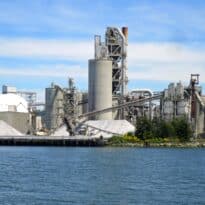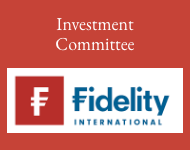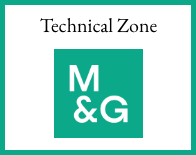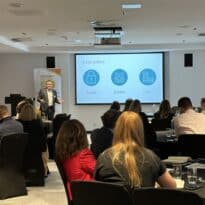Long considered a climate negative industry, technology and policy changes present a different future for cement production and investment going forward, say Ben Leyland and Rob Lancastle of the JOHCM Global Opportunities fund.
In a market where many companies look expensive, finding an investment edge means identifying sectors with improving fundamentals that are not yet reflected in prices. One such area may be European cement, long ignored because of persistent over-supply and low returns. As structural shifts in supply and new sources of demand begin to reshape the industry, the outlook for the sector is starting to improve. Here are three reasons why:
-
Phasing out free carbon credits is likely to raise production costs for the sector and reduce oversupply.
-
European infrastructure spending is set to lift demand as supply tightens.
-
These structural shifts may improve returns in a sector long dismissed by investors.
The carbon correction dynamics
These are now changing. From 2026, free credits under the EU’s Emissions Trading Scheme will begin to disappear, with all credits phased out by the early 2030s. Imported cement will face the same charges, removing the option of cheaper supply from abroad. These costs apply to every tonne of cement produced, therefore running plants at full capacity will no longer be sustainable. With production expected to become circa 60% more expensive, Europe’s larger cement producers are likely to be the biggest beneficiaries of this change. Their scale has allowed them to develop lower-carbon products, use alternative fuels, and invest in carbon capture, with some cement producers now producing zero-carbon cement. These capabilities, reinforced by management incentives tied to higher return targets, are driving a structural shift toward greater discipline.
Demand is building
Just as supply of cement in Europe tightens, demand is set to rise. Expansionary fiscal plans, including Germany’s constitutional reform and the creation of a new infrastructure fund, are expected to accelerate investment in roads, housing, and energy systems. The country’s spending is due to increase from 2026 onwards, coinciding with the start of supply restrictions. Early signs of this dynamic are already evident in improving margins for large European cement producers, despite weaker volumes in recent quarters.
Opportunity forms
After decades of oversupply and weak returns, European cement is set to become a more disciplined and profitable industry. For investors, this shift matters: increasingly restricted supply and stronger pricing create the conditions for sustainably higher returns. With supply reshaped by carbon rules and demand supported by infrastructure spending, European cement is shifting from a perennial laggard into a sector with genuine return potential.
Main image: chris-linnett-EeqxbxILScA-unsplash































